Choosing the right cookware can feel like a never-ending task. Two brands that often pop up in conversations are Calphalon and Ninja. Both offer nonstick pans and cookware sets, but they’re built for slightly different types of cooks.
I’ve tried both brands extensively, so let me help you figure out which one deserves a spot on your stovetop.
Quick Comparison: Calphalon vs. Ninja Pans
| Feature | Calphalon | Ninja |
|---|---|---|
| Core Material | Hard-Anodized Aluminum & Stainless Steel | Hard-Anodized Aluminum & Stainless Steel |
| Nonstick Coating | PTFE-based Nonstick | PTFE-based Nonstick, Scratch-Resistant |
| Best For | Everyday Cooking, Long-Lasting Coating | High-Heat Cooking, Scratch-Resistant Use |
| Oven-Safe Temperature | Up to 450°F to 500°F | Up to 500°F |
| Durability | Long-lasting, moderately scratch-resistant | Extremely scratch-resistant, metal utensil-safe |
| Price Range | $$ (Mid-Range) | $$ (Mid-Range to Upper Mid-Range) |
1. The Brands: A Quick Introduction
Calphalon
Calphalon has been around for decades, and it’s known for its hard-anodized aluminum cookware. Their pans are lightweight, durable, and feature a smooth nonstick coating. Calphalon is all about everyday usability and offers both nonstick and stainless steel cookware.
- Strengths: Long-lasting nonstick coating, lightweight, affordable options for beginners.
- Target Audience: Home cooks who want reliable, easy-to-use cookware for daily meals.
Ninja
Ninja is relatively new to the cookware scene but has made a name for itself by focusing on scratch-resistant, heavy-duty nonstick pans. Their cookware is marketed as being metal utensil-safe and highly durable for high-heat cooking. Ninja also leans on its reputation in the small appliance world to offer innovative cookware solutions.
- Strengths: Scratch resistance, metal utensil-safe surfaces, better for high-heat use.
- Target Audience: Cooks who want tough, reliable pans that can handle heavy-duty use.
2. Nonstick Coating: What’s the Difference?
Nonstick performance is what makes these brands stand out, but their coatings have some key differences.
Calphalon: Classic Long-Lasting Nonstick
Calphalon uses a PTFE-based nonstick coating (same family as Teflon) across most of its cookware lines. It’s known for being smooth and long-lasting when properly cared for.
But here’s the catch: Calphalon’s nonstick surface isn’t scratch-proof. You’ll need to avoid metal utensils and stick to silicone or wooden ones to extend its lifespan. With proper care, the coating can last 3-5 years.
- Best Use: Everyday cooking, like eggs, pancakes, and stir-fries.
- Drawback: Can lose its nonstick properties if exposed to high heat or scratches.
Ninja: Scratch-Resistant and Tough
Ninja pans take nonstick to the next level by adding a hard-anodized aluminum base with a textured scratch-resistant coating. They market their pans as being metal utensil-safe, which is a huge plus if you’re not careful about your tools.
In practice, Ninja’s coating holds up better to wear and tear compared to Calphalon. It also performs well for high-heat cooking, making it ideal for searing meats or roasting veggies.
- Best Use: High-heat searing, browning, and any situation where durability is key.
- Drawback: Nonstick coating feels less smooth compared to Calphalon.
3. Core Material: Hard-Anodized Aluminum vs. Stainless Steel
Both brands use hard-anodized aluminum and stainless steel in their cookware, but there are subtle differences in how they’re designed.
Calphalon: Lightweight and Balanced
Calphalon’s hard-anodized aluminum pans are lighter and easier to handle, which makes them ideal for day-to-day cooking. They heat up quickly and distribute heat fairly evenly, but their lightweight nature can make them feel less durable.
If you opt for Calphalon’s stainless steel cookware, you’ll get better durability but sacrifice some of the even heating that aluminum offers.
Ninja: Heavy-Duty Build
Ninja’s cookware feels heavier and more substantial. Their hard-anodized pans have a thicker base, which results in better heat retention and overall durability. This makes Ninja pans a better choice for tasks like searing or cooking over high heat for extended periods.
4. Heat Performance: Even Heating vs. High-Heat Mastery
Calphalon: Great for Everyday Use
Calphalon pans heat up quickly and evenly, making them perfect for low to medium heat cooking. This is great for cooking eggs, pancakes, or delicate sauces. However, they’re not built to handle extremely high temperatures for long periods—doing so could damage the nonstick surface.
Ninja: Handles High Heat Like a Pro
Ninja pans thrive under high-heat cooking conditions, making them excellent for searing, browning, or frying. They’re oven-safe up to 500°F, which is higher than most Calphalon lines, and the thicker base ensures the heat spreads evenly across the pan.
If you’re someone who loves to finish dishes in the oven or sear steaks at high heat, Ninja wins here.
5. Durability: Which Brand Lasts Longer?
Durability is one area where Ninja pulls ahead slightly.
Calphalon: Reliable with Care
Calphalon’s nonstick coating is durable, but it requires gentle care. If you use the right utensils and avoid high heat, the pans will last a long time. However, scratches from metal utensils or improper use can shorten their lifespan.
Ninja: Built for Heavy-Duty Use
Ninja’s nonstick pans are metal utensil-safe and scratch-resistant, which means they can take more abuse. This makes Ninja a better choice if you’re tough on cookware or want something that doesn’t require as much babysitting.
6. Maintenance: Easy vs. Easier
Both brands make cookware that’s easy to clean, but here’s how they differ.
Calphalon: Handwash Recommended
While some Calphalon pans are labeled dishwasher-safe, handwashing is recommended to protect the nonstick coating. Cleanup is still simple—just a little soap and warm water will do the trick.
Ninja: Dishwasher-Safe Toughness
Ninja pans are fully dishwasher-safe, and their scratch-resistant surface makes them less likely to get damaged during cleaning. This is a big selling point if you want cookware that’s practically maintenance-free.
7. Price: What’s the Investment?
Both brands sit in the mid-to-upper mid-range price category, but there’s a slight difference.
- Calphalon: Nonstick frying pans start around $30-$50, and full sets can cost $200-$300 depending on the line.
- Ninja: Frying pans are slightly pricier, starting at $50-$80, and full sets range from $300-$400.
Which Should You Choose?
Here’s a cheat sheet to make your decision easier:
| Choose Calphalon If… | Choose Ninja If… |
|---|---|
| You want a reliable, lightweight everyday pan | You need something durable that can handle heavy use |
| You’re gentle with your cookware and avoid metal utensils | You want scratch-resistant, metal utensil-safe cookware |
| You cook at medium or low heat most of the time | You sear, brown, or cook at high heat regularly |
| Budget is a priority, and you want slightly more affordable options | You don’t mind spending a bit extra for durability |
FAQs About Calphalon and Ninja Pans
1. Are Ninja pans really scratch-proof?
Ninja’s pans are highly scratch-resistant and metal utensil-safe, but no nonstick pan is truly “scratch-proof.” Proper care will still help them last longer.
2. Is Calphalon oven-safe?
Yes! Most Calphalon pans are oven-safe up to 450°F, while some stainless steel lines can go up to 500°F.
3. Can I use Ninja pans on induction stovetops?
Yes, many Ninja pans are induction-compatible. Be sure to check the product details to confirm compatibility.
Final Thoughts: My Personal Take
Here’s how I see it:
- If you’re an everyday cook who just needs reliable, lightweight pans for quick meals, Calphalon is a great choice. It’s affordable, easy to use, and performs well for most tasks.
- If you’re someone who loves high-heat cooking or needs cookware that can survive rough use, Ninja pans are a no-brainer. They’re tough, versatile, and built to last.
For me? I use Calphalon for quick breakfasts (because who doesn’t love a perfectly cooked omelette?) and Ninja for searing steaks and high-heat recipes. Both have a place in my kitchen—how about yours?
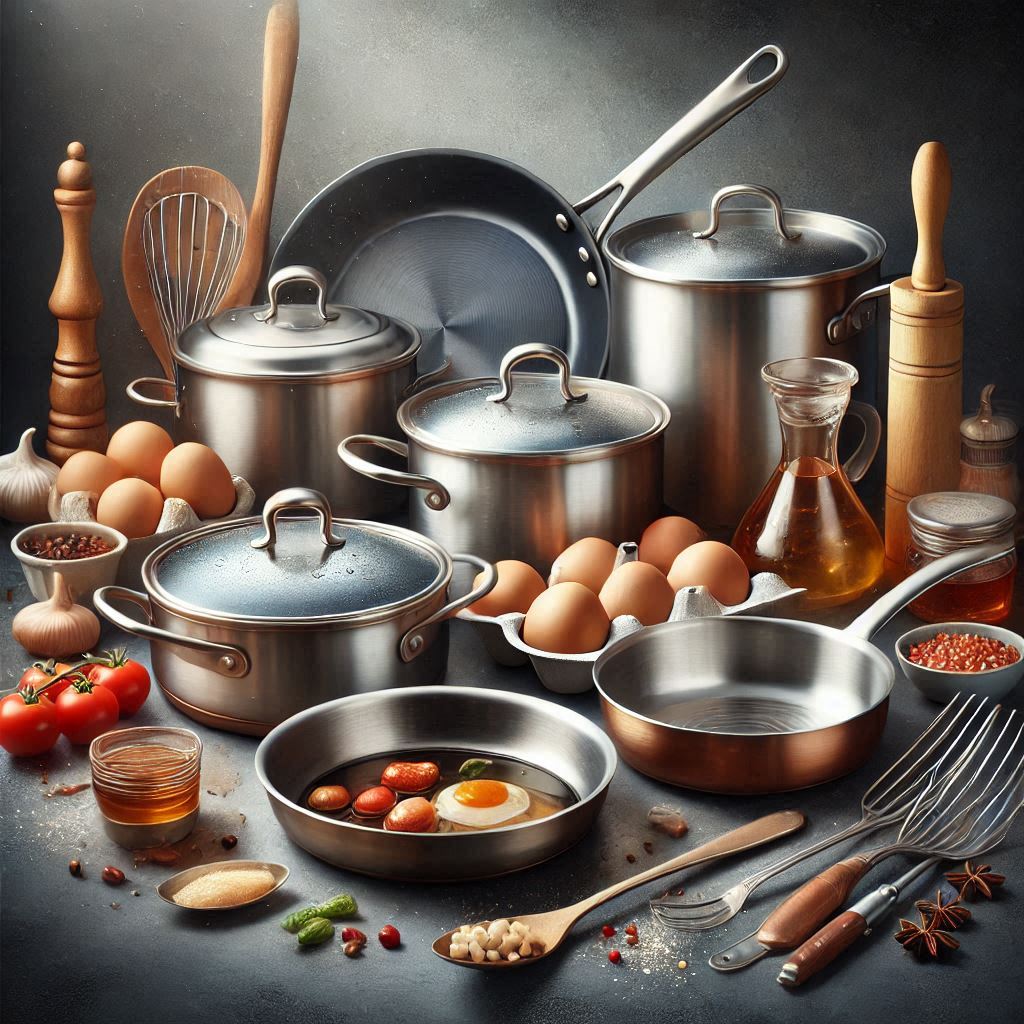

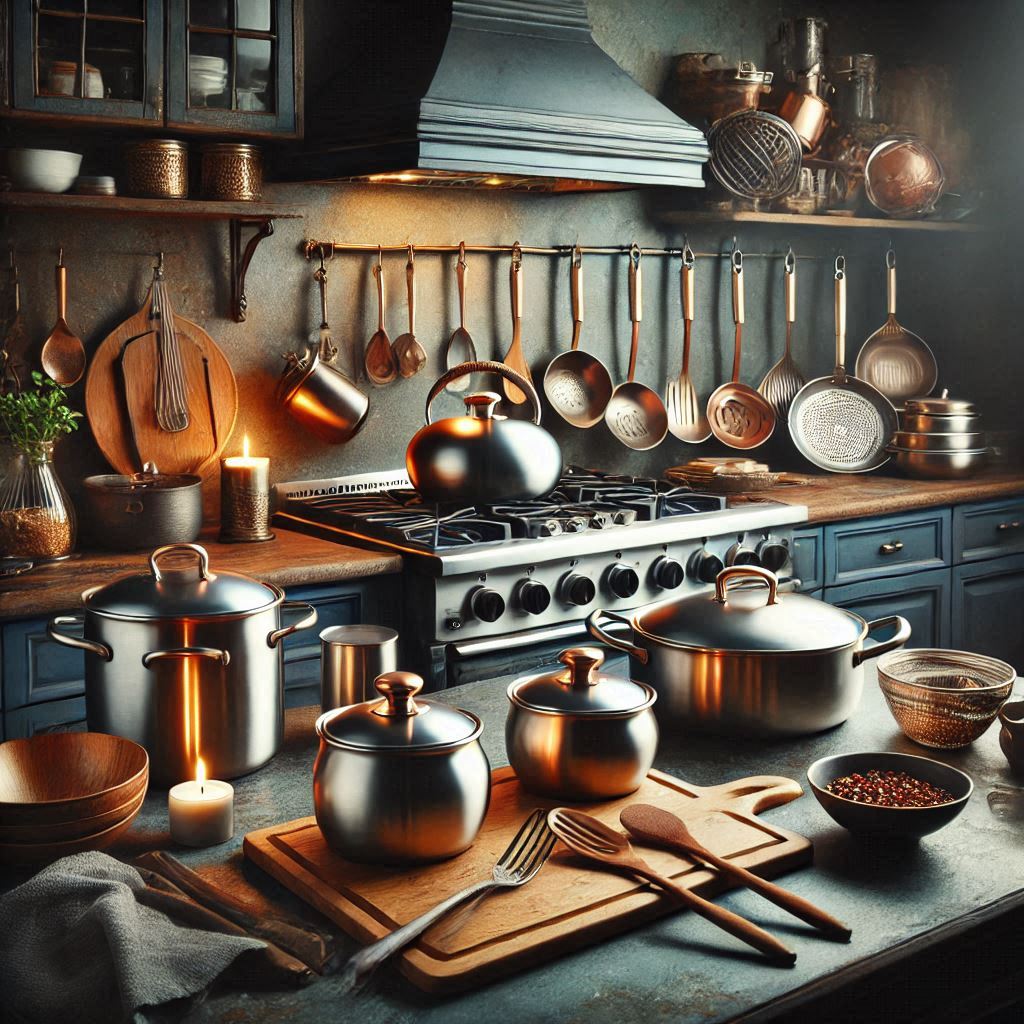

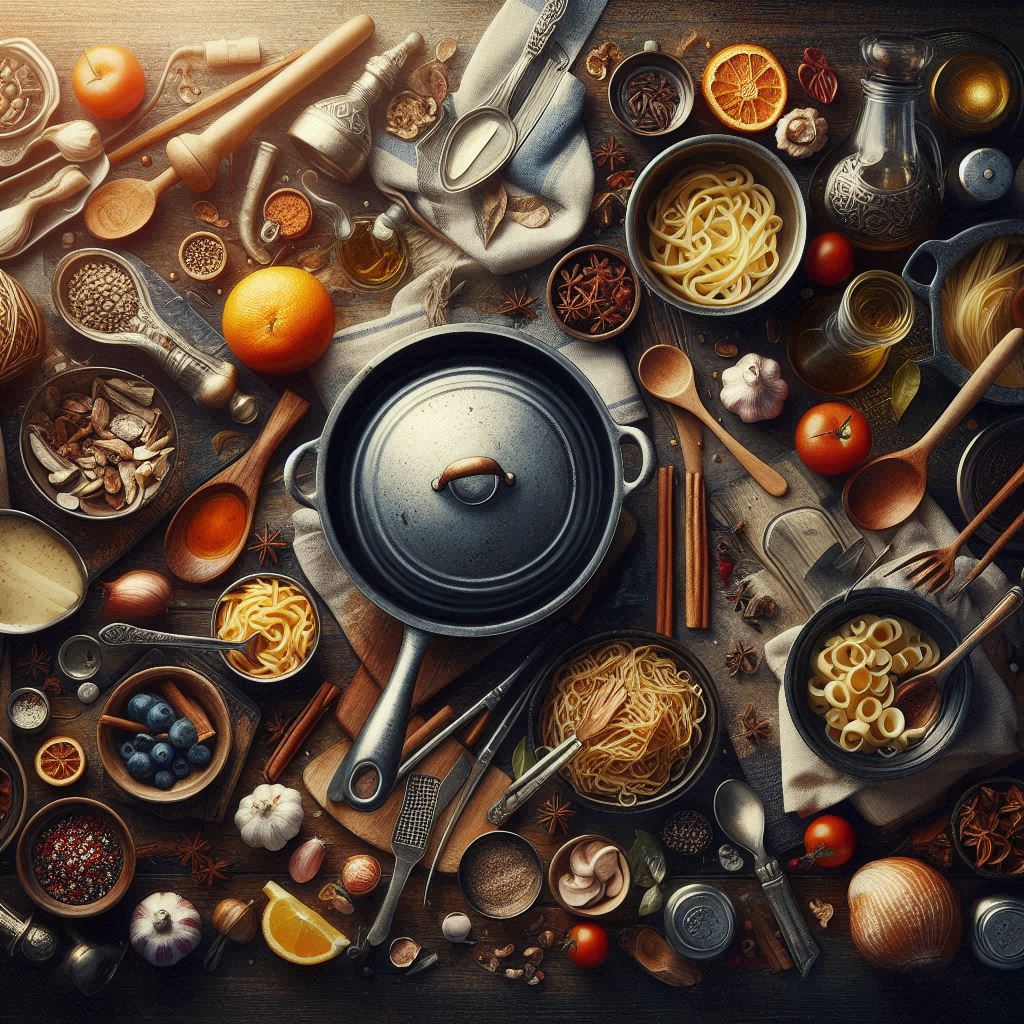
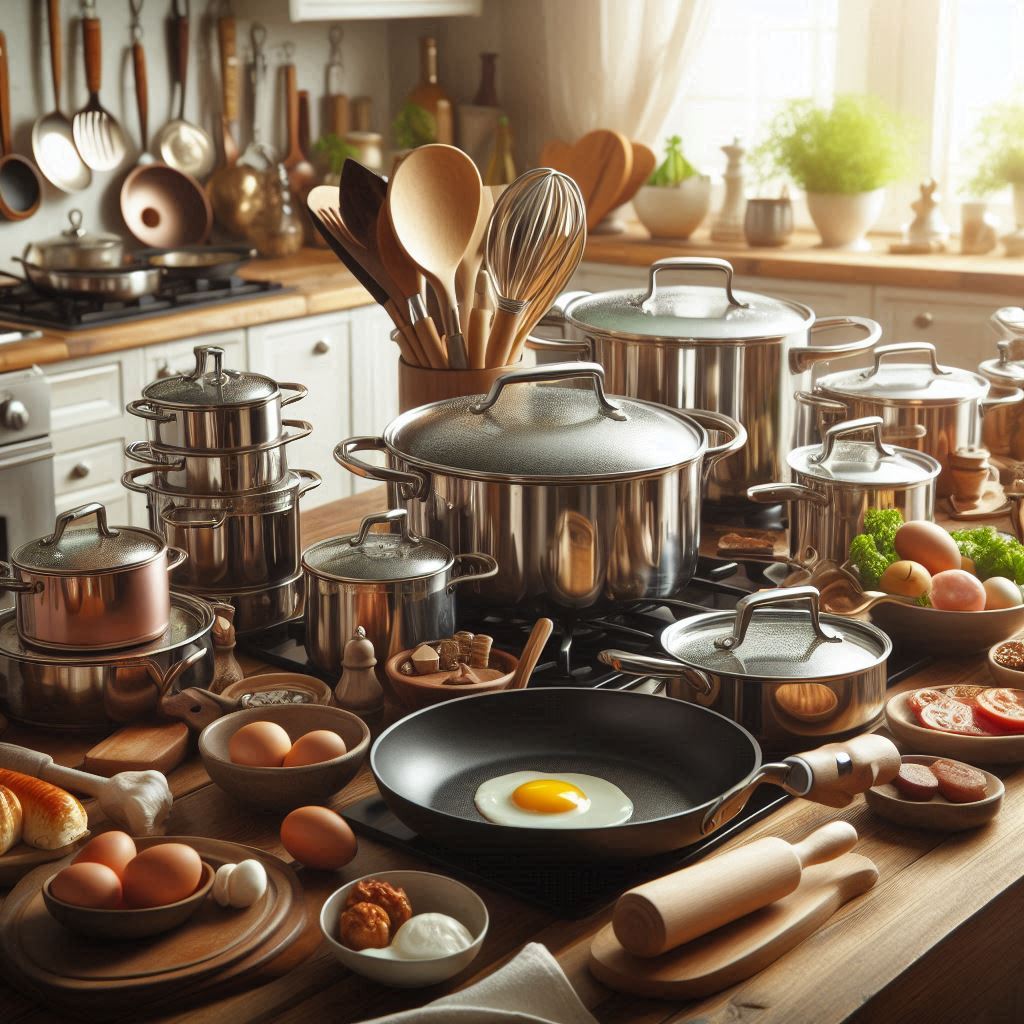
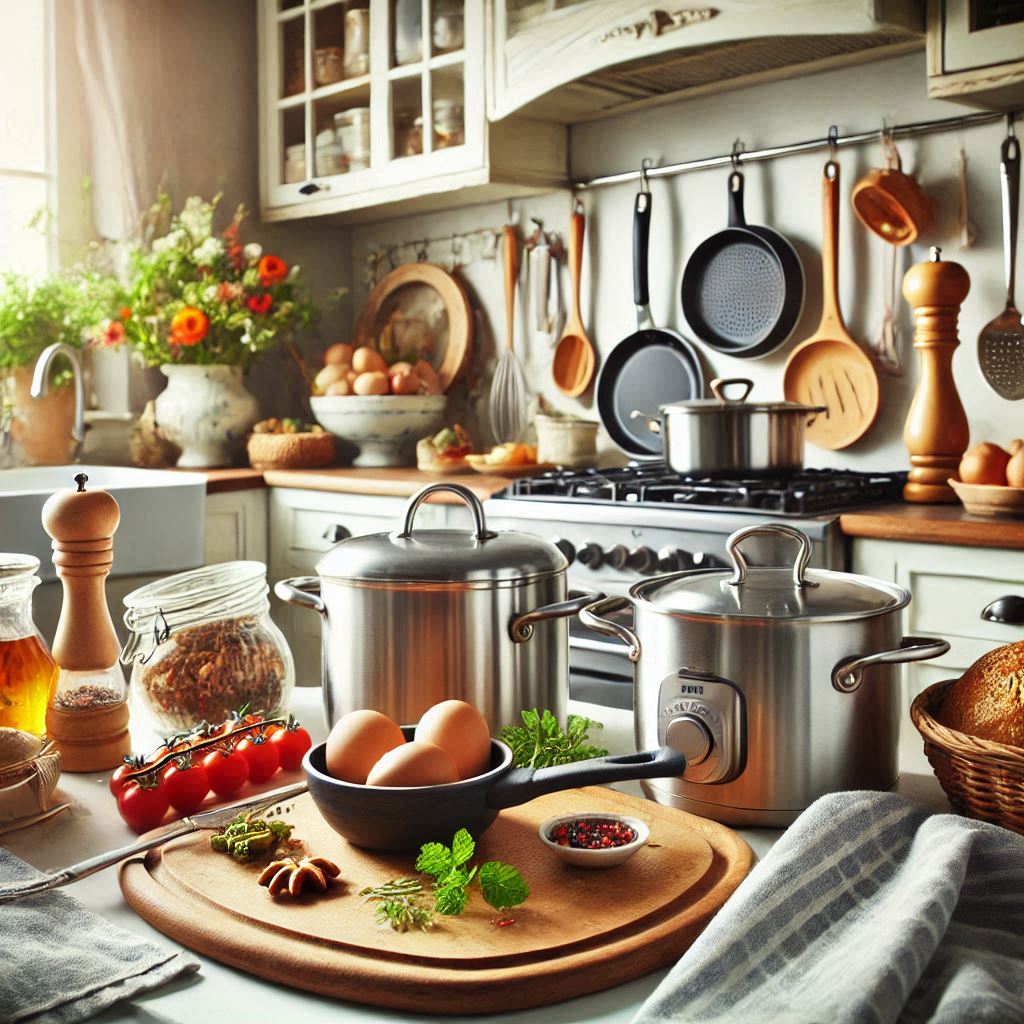
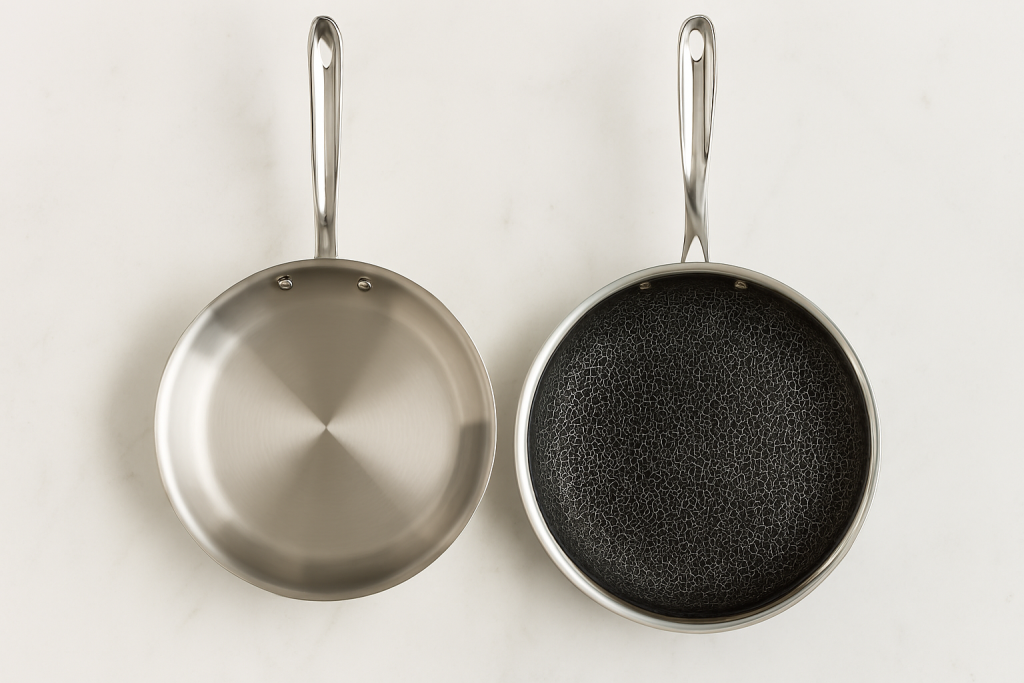
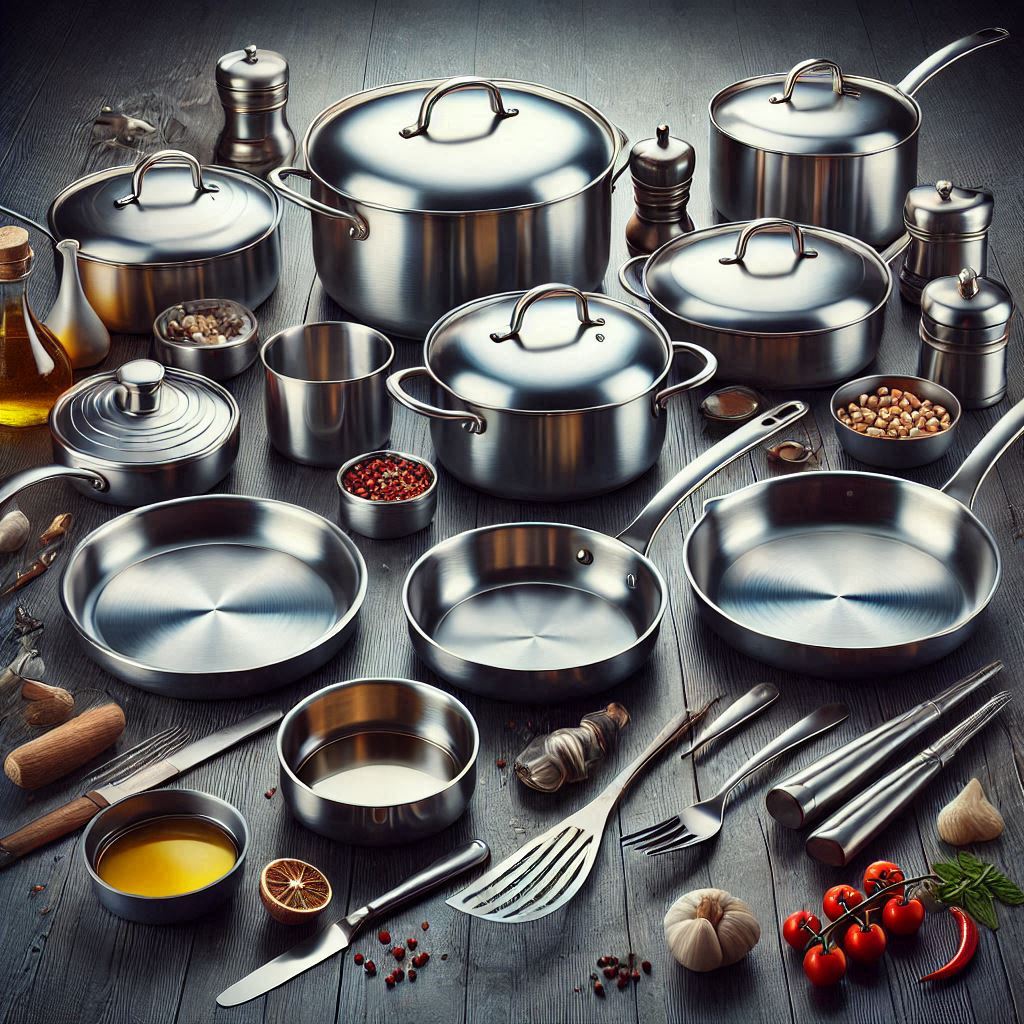
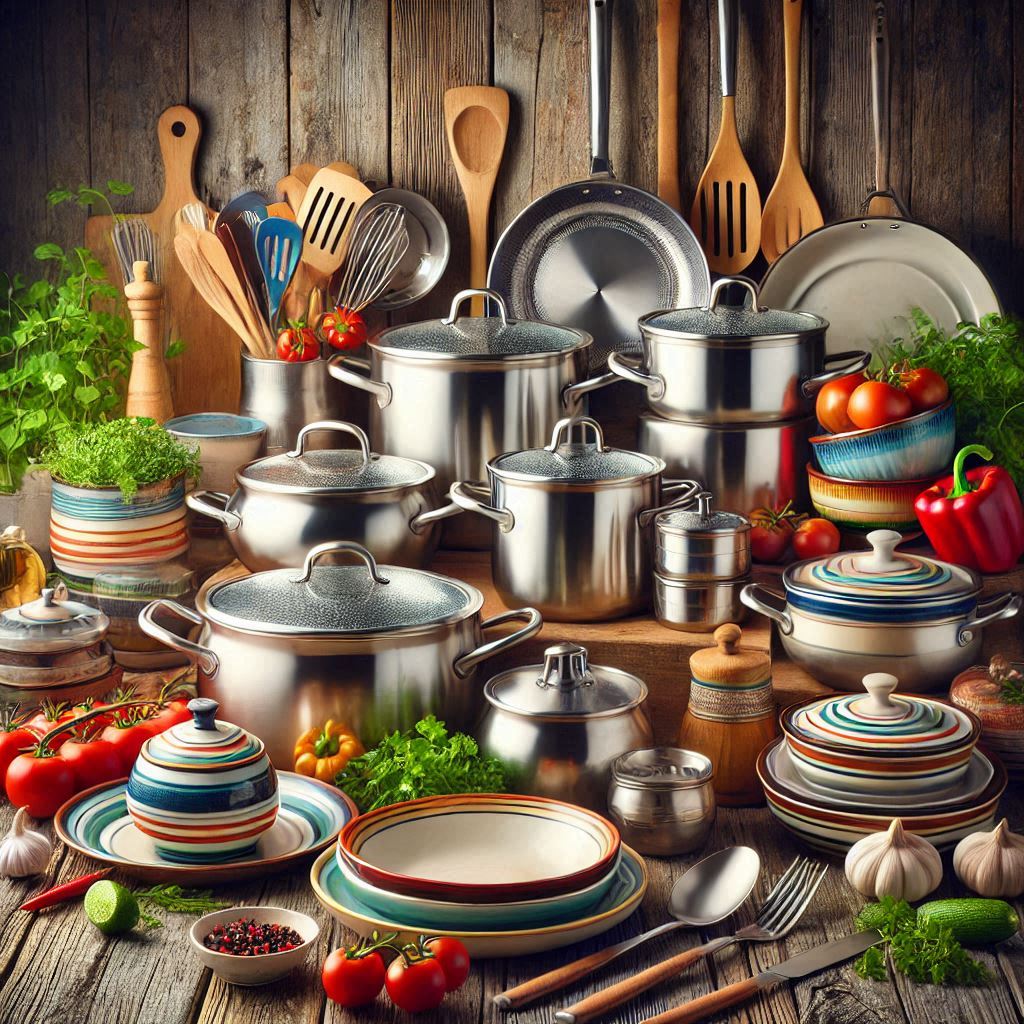
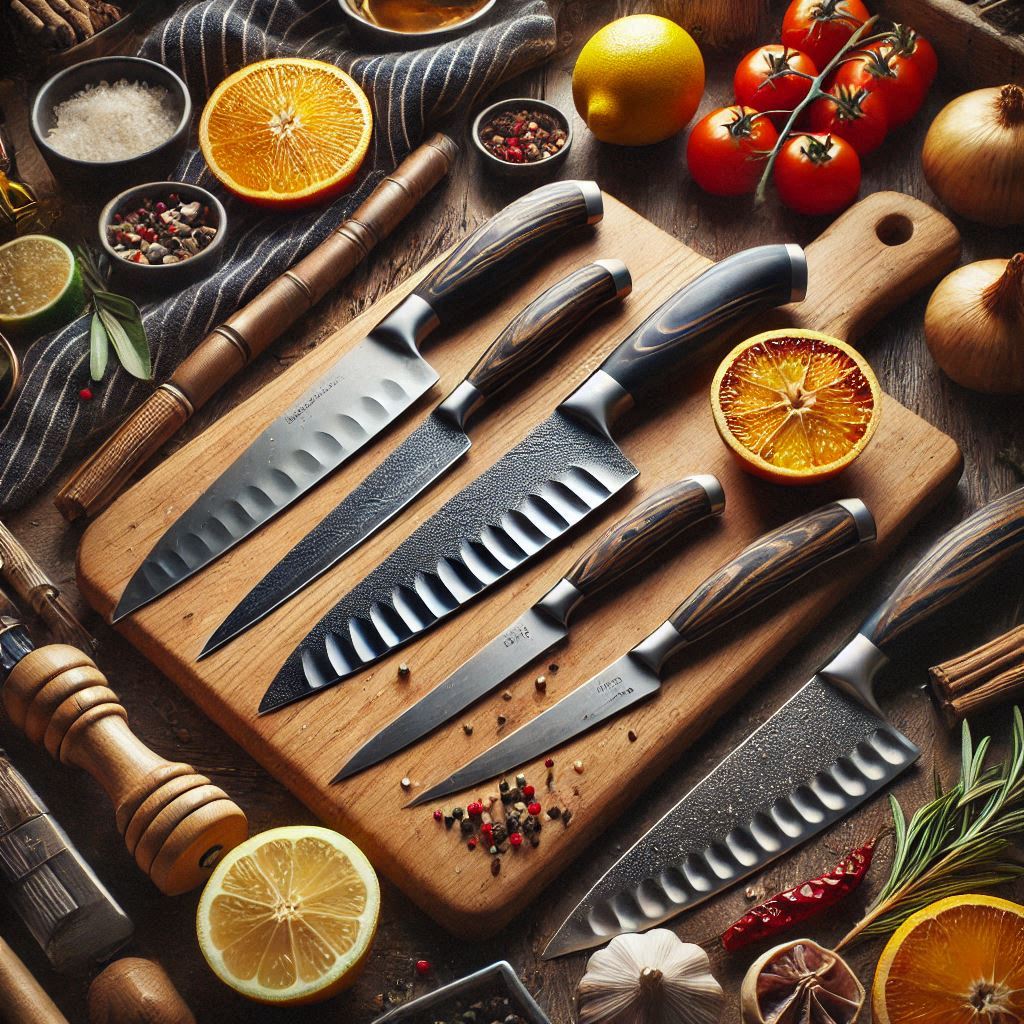
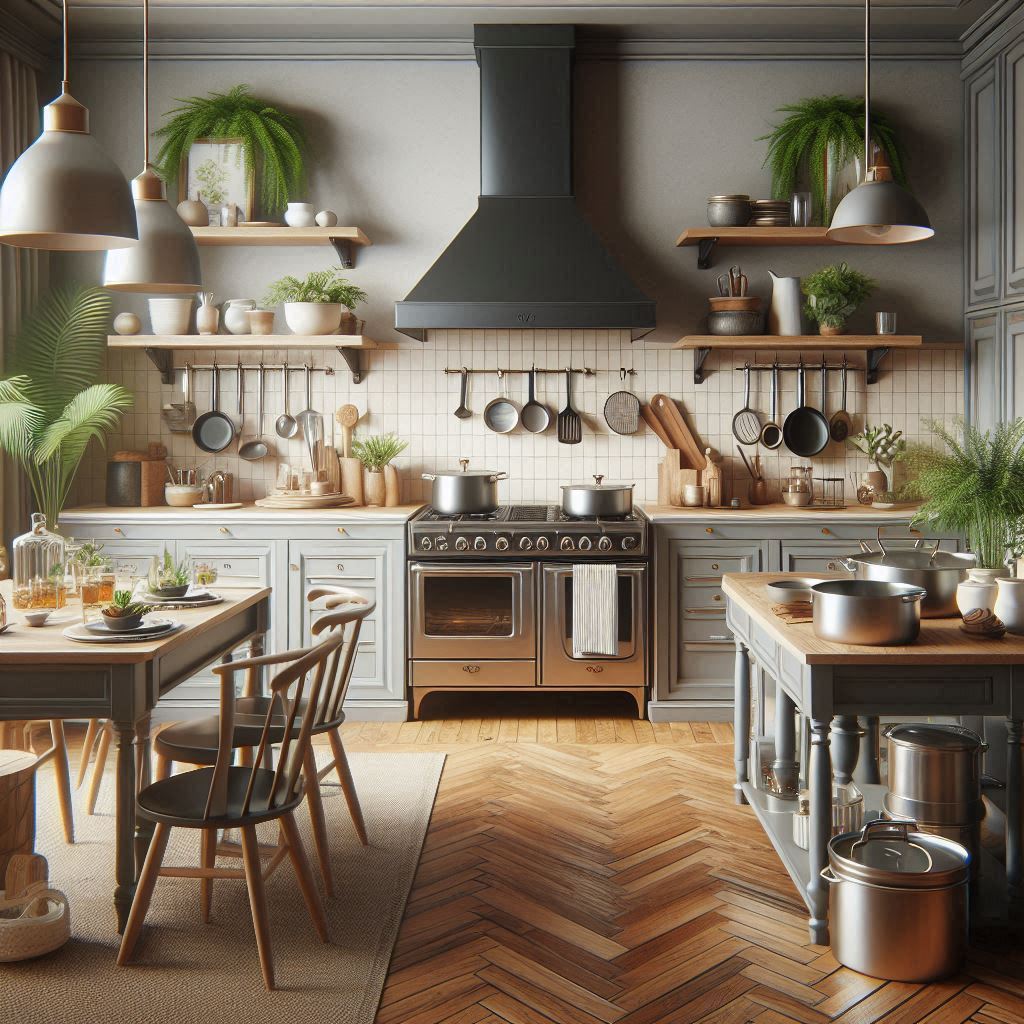
Leave a Reply